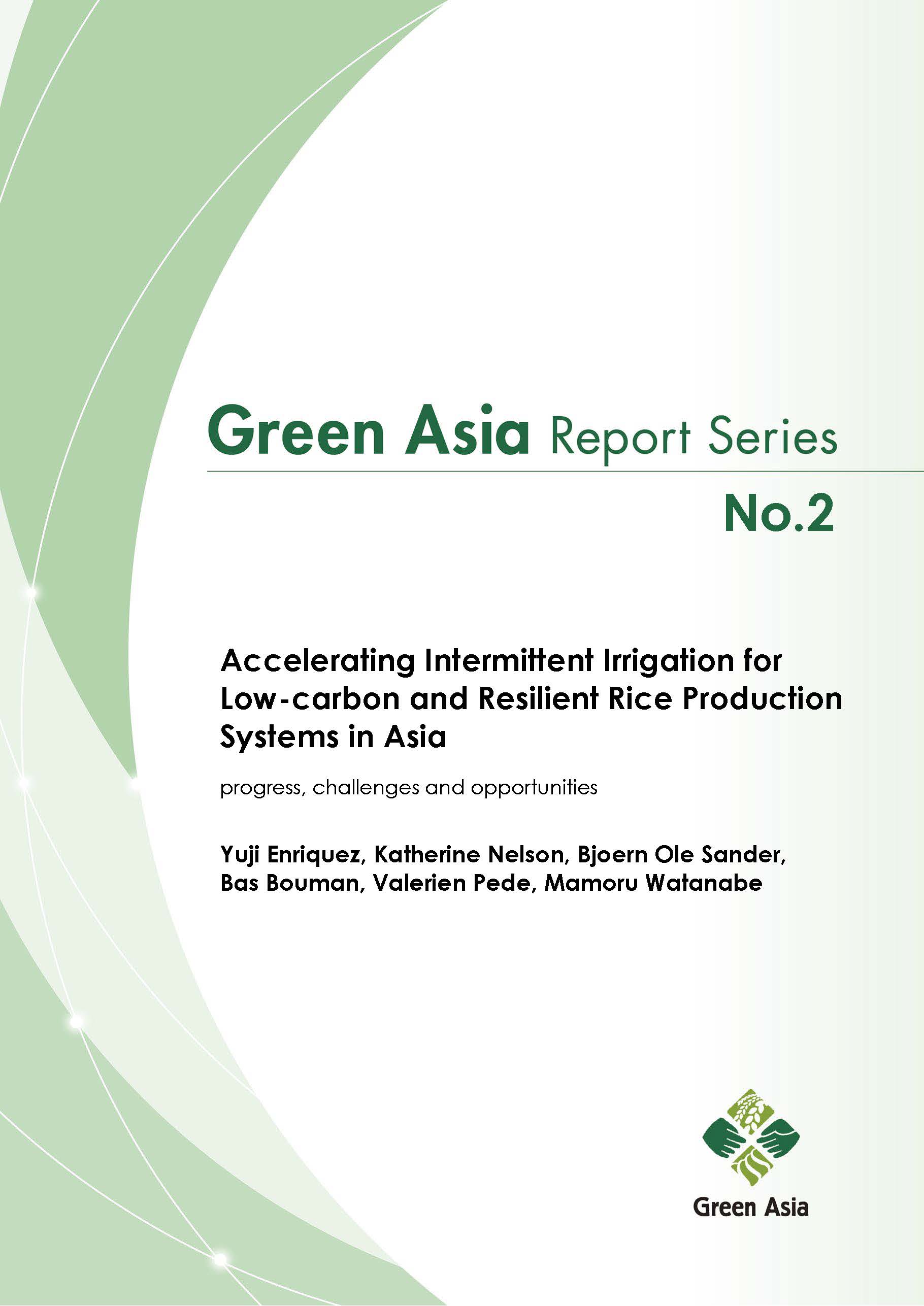Accelerating intermittent irrigation for low-carbon and resilient rice production systems in Asia: Progress, challenges and opportunities

Rice is not only crucial to the food security of a majority of the world’s population, but it also has an important role in regulating water scarcity and has a huge potential in mitigating the effects of climate change. Despite this, the potential of rice production systems to bring sustainable outcomes is abated by its increasing vulnerability to extreme weather events and high-emission practices. Intermittent irrigation practices, characterized by (i) single drainage or single aeration, such as midseason drainage, and (ii) multiple drainage or multiple aeration, such as Alternate Wetting and Drying (AWD), midseason drainage followed by intermittent irrigation, and other AWD variants, are low-cost innovations that reduce farmers’ irrigation needs and methane emissions. AWD, for example, reduces water use by up to 30%, which improves farmers’ adaptive capacity in water-scarce situations, and substantially reduces methane emissions from rice paddies on the average by 45% compared to continuously flooded rice. Significant efforts to adapt these practices in Asia and Sub-Saharan Africa have been ongoing since early 2000s. While intermittent irrigation attained a discernable footprint in the policies and programs of national and local governments, progress in making it a dominant farmer practice in irrigated rice has been so far limited due to multiple technical, economic, and social factors. Despite that, entry-points for narrowing the gap exist, such as pursuing integrated approaches to water management and pricing, remote sensing for the monitoring, reporting and verification of AWD adoption, and carbon credit schemes. These do not only help overcome the barriers to scaling intermittent irrigation but also make rice production systems more profitable, climate resilient, and low-carbon emitting.
| Date of issued | |
|---|---|
| Creator | Yuji Enriquez Katherine Nelson Bjoern Ole Sander Bas Bouman Valerien Pede Mamoru Watanabe |
| Publisher | Japan International Research Center for Agricultural Sciences |
| Available Online | |
| Volume | 2 |
| Language | eng |
